Our planet is undergoing a long-term transformation known as climate change. This is characterized by rising global average temperatures and disruptions to established weather patterns across different regions. It is primarily driven by human activities, notably by burning fossil fuels like coal, oil, and gas. This releases heat-trapping gases into the atmosphere, causing global temperatures to rise.
The consequences are far-reaching, disrupting natural weather patterns and leading to more frequent and intense natural disasters like heatwaves, droughts, floods, wildfires, and powerful storms. These extreme events devastate communities, disrupt ecosystems, and displace millions of people. The increasing severity and frequency of these disasters serve as stark reminders of the urgent need to address climate change.
Significance of Workforce Dynamics in Climate Change Discourse

The world of work is intricately linked to the environment. Our work activities are both impacted by and contribute to climate change. Understanding climate change’s impact on workforce dynamics is crucial. A prepared workforce is essential for building resilience and adapting to the challenges of a changing climate.
This article highlights the complex relationship between climate change and the workforce. We will explore how extreme weather events, poor air quality, and rising temperatures threaten human health and create new health risks for workers across various sectors. We will then delve into how these impacts of climate change affect workforce dynamics, including job security, mental well-being, and overall productivity. Finally, we will discuss potential solutions and strategies that businesses and policymakers can implement to adapt and create a more resilient workforce in the face of the climate crisis.
Climate Change: A Primer
The World Health Organization (WHO) defines climate change as the greatest threat to global health in the 21st century. The primary driver of climate change is greenhouse gas emissions like carbon dioxide, methane, and nitrous oxide. These gases trap heat in the atmosphere, causing a gradual increase in average global temperatures.
Key Environmental and Societal Impact
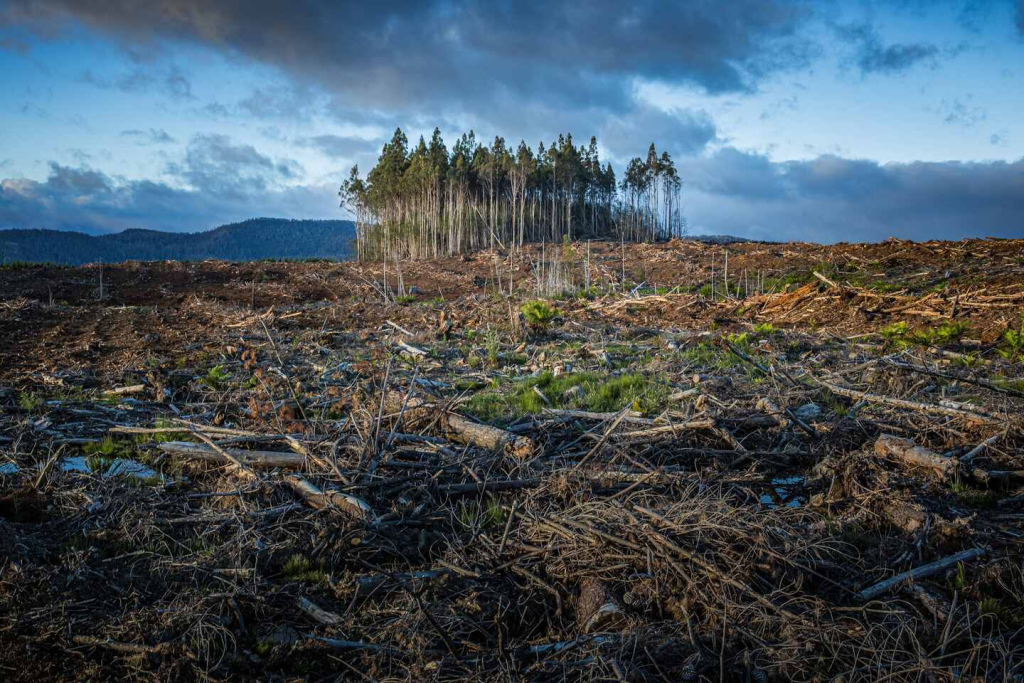
The urgency of addressing climate change is underscored by its multitude of environmental and societal impacts. The Global Change Research Program (GCRP) has issued stark warnings about these potential consequences. These include:
Rising Sea Level
Melting glaciers and polar ice caps are a significant threat, contributing to rising sea levels. This phenomenon threatens coastal communities worldwide, inundating low-lying areas, displacing populations, and damaging infrastructure. The World Economic Forum, in its annual Global Risks Report, consistently ranks sea level rise as one of the top long-term threats facing humanity.
Disrupted Weather Patterns
Changes in precipitation patterns are already being observed, leading to more extreme weather events like droughts, floods, and heatwaves. These events can devastate agricultural production, disrupt ecosystems, and cause widespread damage to property and infrastructure.
Ocean Acidification
As the oceans absorb more carbon dioxide from the atmosphere, they become more acidic. This phenomenon, known as ocean acidification, harms marine ecosystems and fisheries, disrupting the food chain and threatening the livelihoods of millions of people who rely on the ocean for food and income.
Biodiversity Loss and Habitat Disruption
Climate change is disrupting natural habitats across the globe, putting a strain on biodiversity. Rising temperatures, changing precipitation patterns, and ocean acidification are all contributing to this problem. The loss of biodiversity has a cascading effect on ecosystems, impacting everything from food security to water quality.
Food and Water Security Threats
Changing weather patterns pose a significant threat to food and water security. Droughts can lead to crop failures, while floods can contaminate water sources. These combined impacts can exacerbate hunger and malnutrition, particularly in vulnerable regions.
The potential consequences of climate change are far-reaching and deeply concerning. Addressing this global challenge requires a coordinated international effort to reduce greenhouse gas emissions and invest in adaptation strategies.
The Role of Businesses and Industries in Contributing to Climate Change
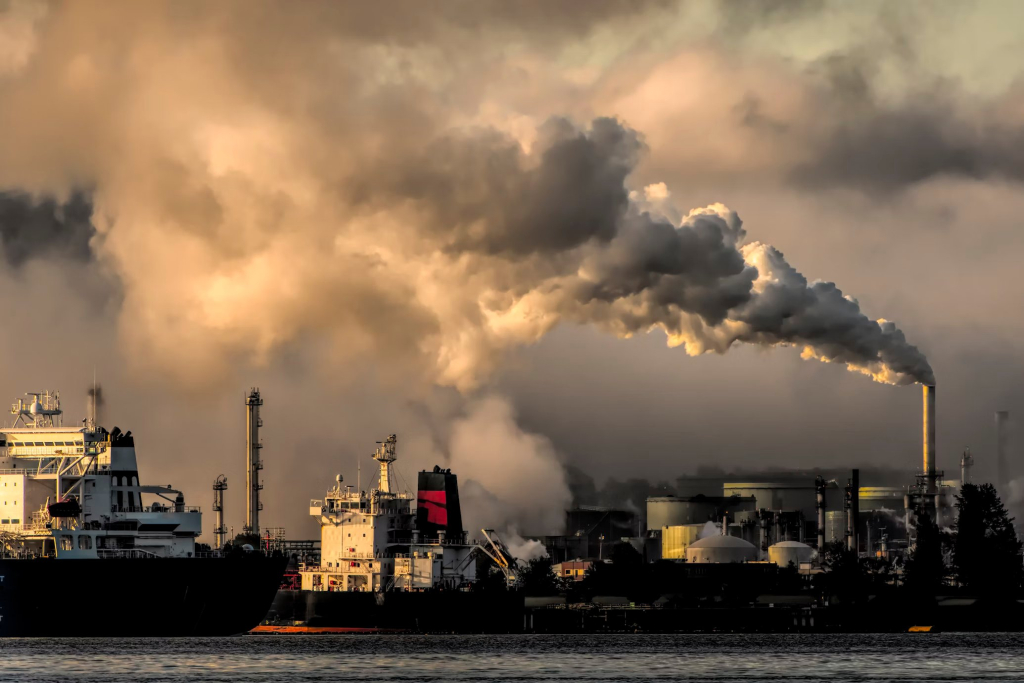
Businesses and industries play a significant role in contributing to climate-related risks through their activities. Manufacturing, transportation, and energy production are some of the biggest culprits. These industries rely heavily on fossil fuels like coal, oil, and natural gas for energy, and burning these fuels releases substantial amounts of carbon dioxide, a major greenhouse gas.
The problem is more than just the smokestacks and factories we see. Many businesses also contribute to climate change through their supply chains, the network of companies that provide them with materials and services.
Imagine a clothing company. They might not burn a lot of fossil fuels themselves, but the cotton they use might be grown on land that was once a forest. Cutting down those trees releases the carbon they stored into the air. Another example is food production. If farms don’t use sustainable practices, the soil can become less healthy. Healthy soil acts like a sponge for carbon dioxide, but unhealthy soil loses that ability. These indirect effects from supply chains are like hidden sources of pollution, making the overall problem even bigger.
Businesses and industries have a significant role to play, both positive and negative, regarding climate change. While their activities are a major source of emissions, they also have the potential to be leaders in developing and implementing sustainable solutions.
Understanding Workforce Dynamics
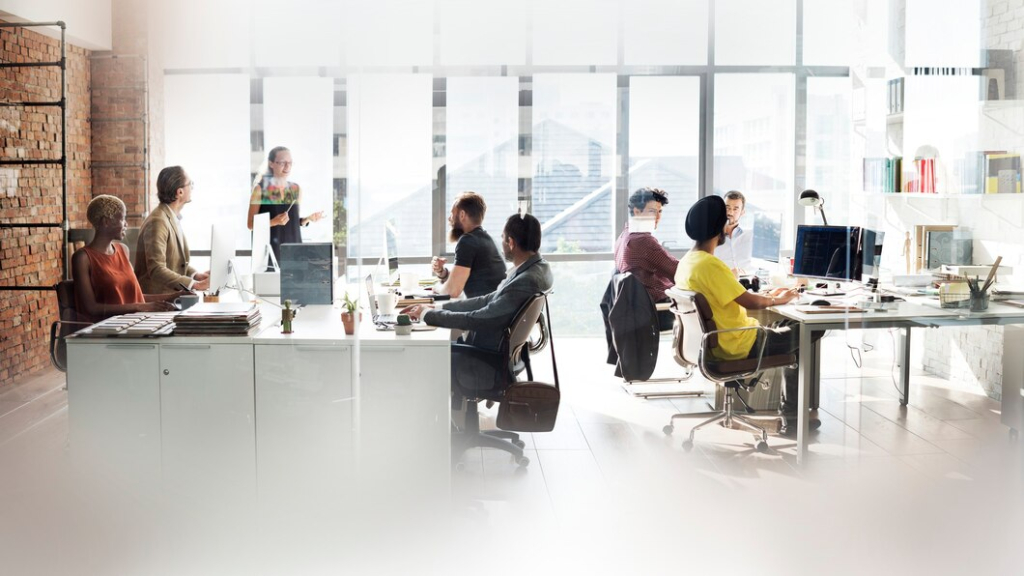
Workforce dynamics refer to the ever-evolving landscape of work, encompassing factors such as the skills, demographics, and needs of the workforce, along with occupational safety regulations and labor relations. This constantly changing environment is influenced by technological advancements, demographic shifts, globalization, economic fluctuations, and social and environmental changes.
Factors Influencing Workforce Dynamics
The landscape of work is constantly evolving, shaped by a complex interplay of forces. Here’s a deeper dive into some key factors influencing workforce dynamics:
Technological Advancements
Automation and artificial intelligence (AI) are rapidly reshaping the workplace. While exciting new jobs are emerging in fields like robotics and data science, repetitive or routine tasks are increasingly being automated. This creates a crucial need for workers to develop new skills and adapt to a changing environment.
Demographic Shifts
In many developed countries, populations are aging, with a shrinking pool of working-age adults. This demographic shift presents both challenges and opportunities. Businesses may struggle to find skilled workers, leading to increased competition for talent and potentially higher wages in certain sectors. However, it also creates an opportunity to tap into the experience and expertise of older workers and design more flexible work arrangements to keep them engaged.
Globalization
The rise of a globalized economy has intensified competition for jobs and talent. Free trade agreements and advancements in communication technology have made it easier for companies to outsource work to countries with lower labor costs. This can lead to job losses in some industries, particularly those with a high concentration of manufacturing jobs. However, globalization also creates opportunities for workers with specialized skills to find work in a broader international market.
Economic Fluctuations
Economic downturns and recessions can have a devastating impact on the workforce. Businesses may be forced to lay off employees or cut back on benefits to stay afloat. This can lead to widespread unemployment, wage stagnation, and increased insecurity for workers. Conversely, during economic booms, there may be a surge in job creation and increased worker bargaining power in negotiating wages and benefits.
Social and Environmental Changes
Shifting societal values and growing awareness of environmental issues are also influencing workforce dynamics. There’s a growing demand for work-life balance, flexible work arrangements, and companies with strong social and environmental commitments. Additionally, climate change poses a major threat to jobs in certain sectors, like fossil fuel extraction, while creating new opportunities in renewable energy and sustainable development.
Understanding these factors is crucial for both businesses and workers to navigate the ever-changing world of work. By staying informed and adapting to new trends, businesses can attract and retain top talent, and workers can develop the skills and experience needed to thrive in the future of work.
Traditional Workforce Models vs. Emerging Trends
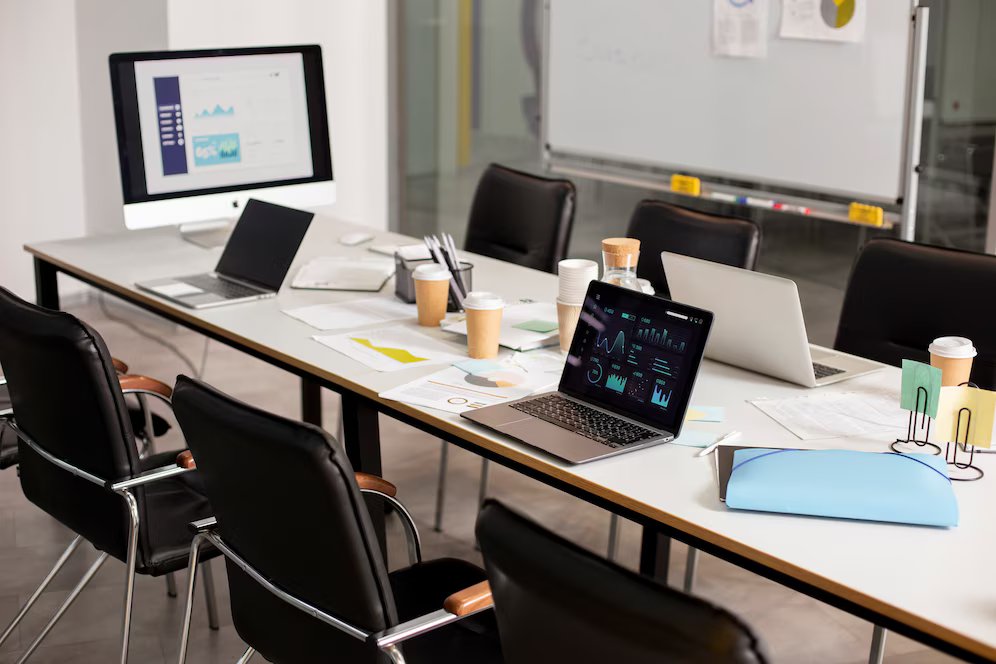
For decades, the traditional full-time, in-office employment model reigned supreme. Employees clocked in at a physical workplace, worked set hours, and received a regular paycheck with benefits. However, recent years have witnessed a significant shift towards a more diverse and flexible work landscape. Here’s a closer look at this changing dynamic:
The Traditional Model
The traditional model offered stability and structure for many workers. The physical office fostered collaboration, team building, and a clear separation between work and personal life. However, it also presented limitations. Long commutes, rigid schedules, and limited work-life balance could negatively impact employee well-being and productivity.
The Rise of New Trends
Several emerging trends are challenging the traditional model, driven in part by technological advancements and changing societal priorities. Here are some key examples:
Remote Work: Advances in communication technology have made it easier for employees to work productively from home or other non-office locations. This offers greater flexibility, reduces commuting stress, and can potentially improve work-life balance.
Freelancing and the Gig Economy: Platforms connecting businesses with independent contractors have exploded in popularity. This allows workers to choose projects, set their own hours, and potentially earn more. However, it can also lead to income instability and limited access to benefits.
Compressed Workweeks: Some companies are experimenting with compressed workweeks, where employees work longer hours over fewer days. This can provide employees with more flexibility and potentially improve overall well-being.
The increasing frequency and intensity of climate-related hazards like natural disasters will likely further accelerate the adoption of flexible work arrangements. Remote work allows employees to continue working even if their physical workplace becomes inaccessible.
Mental Health Considerations
While these trends offer exciting possibilities, they also present challenges. The lines between work and personal life can easily blur when working remotely. Feelings of isolation and the pressure to be “always on” can negatively impact mental health. For a successful future of work, companies need to find the right balance between flexibility and structure while prioritizing employee well-being and mental health support.
The future of work is likely to be a hybrid model with a mix of traditional and emerging trends. Businesses that can adapt to this changing landscape and prioritize employee well-being will be better positioned to attract and retain top talent in the years to come.
Impact of Climate Change on Workforce Dynamics

The International Labour Organization (ILO) paints a concerning picture of climate change’s impact on workers and workplaces globally, from physical health to job security. Here’s a deeper dive into some of the key concerns:
Physical Environment Changes and Occupational Hazards
Climate change is fundamentally altering the physical environment, creating a multitude of occupational hazards for workers across various sectors.
Heat stress
Rising temperatures pose a major health risk, particularly for outdoor workers (construction, transportation, and agricultural workers). These workers are more susceptible to heatstroke, dehydration, and heat exhaustion, leading to decreased productivity, increased absenteeism, and even fatalities.
Poor air quality
Increased wildfires, dust storms, and air pollution due to climate change can exacerbate respiratory illnesses like asthma and chronic obstructive pulmonary disease (COPD). This can significantly impact worker health and productivity, leading to increased healthcare costs and workplace disruption.
Extreme weather events
More frequent and intense hurricanes, floods, and heatwaves can damage workplaces, disrupt supply chains, and displace entire communities. This can lead to job losses, income insecurity, and significant economic hardship.
Mental Health and Well-being
The psychological impacts of climate change paint a concerning picture. It’s not just about physical dangers; the mental and emotional toll can be just as devastating.
Psychological Stress
The uncertainty and anxiety associated with climate change can take a toll on mental health. Witnessing extreme weather events, worrying about job security due to climate-related disruptions, and the fear of displacement can all lead to increased stress, anxiety, and depression.
Trauma and Displacement
Natural disasters can leave lasting psychological scars. Workers who experience trauma due to climate-related events like floods or wildfires may struggle to return to work or function effectively. Additionally, climate-induced displacement can disrupt social support networks and exacerbate mental health issues.
Labor Market Shifts and Job Displacement
Climate change is a powerful disruptor, and the world of work is no exception. It is triggering a complex metamorphosis in the labor market, characterized by both exciting opportunities and significant challenges.
Changes in Skill Demands
Climate change will necessitate a shift in skillsets across industries. New jobs will emerge in areas like renewable energy, adaptation technologies, and disaster preparedness. However, some traditional jobs, particularly in fossil fuel sectors or those reliant on specific ecosystems, may be displaced.
Migration and Labor Shortages
Climate change can trigger mass migration as people flee areas affected by rising sea levels, extreme weather events, or food and water insecurity. This can create labor shortages in some regions and strain social services in others.
The Need for Adaptation and Resilience
The challenges posed by climate change are complex and interconnected. To mitigate these impacts and ensure a just transition to a low-carbon economy, a multi-pronged approach is needed. Businesses need to invest in climate-resilient infrastructure, adopt sustainable practices, and prepare for disruptions. Governments must implement policies that support green jobs, invest in worker training, and provide social safety nets for vulnerable populations. Finally, international cooperation is crucial to address this global challenge and ensure a just and sustainable future for all workers.
By acknowledging the multifaceted threats of climate change on the workforce and taking proactive steps towards adaptation and resilience, we can build a more sustainable and equitable future of work for all.
A Call to Action for a Sustainable Future of Work
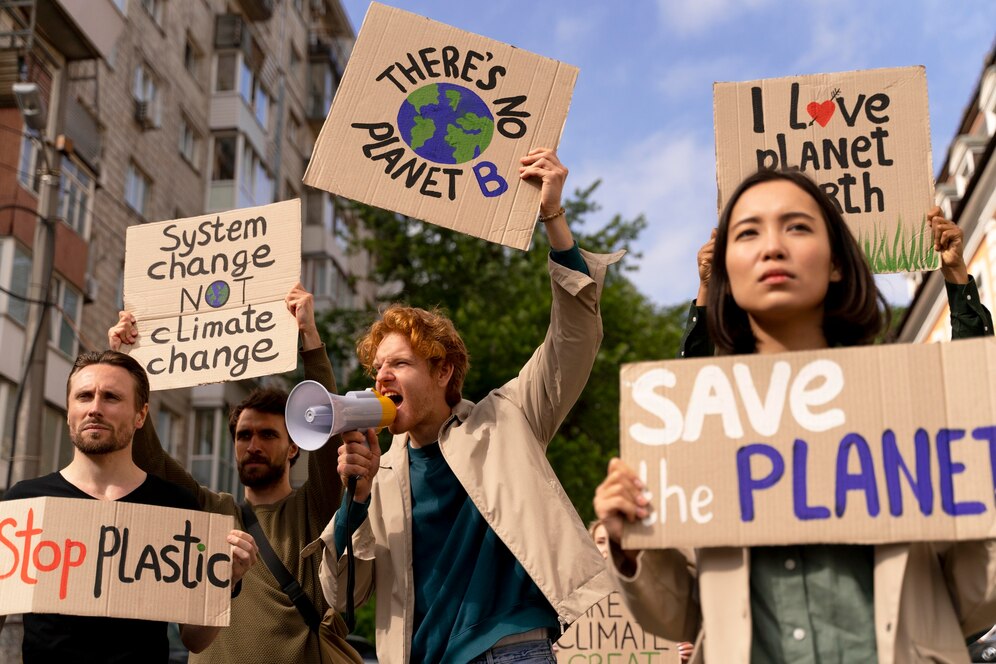
Climate change presents a complex and multifaceted threat to the world of work. From the physical dangers of extreme weather events to the psychological toll of displacement and disruption, the impacts are far-reaching and demand immediate attention. However, amidst these challenges lies an opportunity to build a more sustainable and equitable future of work for all.
Here’s a call to action for key stakeholders:
Businesses: Invest in climate-resilient infrastructure, adopt sustainable practices throughout your supply chain, and prioritize worker well-being by offering flexible work arrangements and mental health support.
Governments: Implement policies that support the transition to a green economy, create green jobs, invest in worker training and retraining programs, and establish social safety nets for vulnerable populations.
Individuals: Advocate for climate action, educate yourself and others on the impacts of climate change on the workforce, and consider upskilling or reskilling to be prepared for the changing job market.
By working together, businesses, governments, and individuals can build a more resilient workforce that can adapt to the challenges of climate change. Through innovation, collaboration, and a commitment to sustainability, we can create a future of work that is not only productive but also protects the well-being of our planet and its people.
Let’s not wait for the future of work to be forced upon us by climate change. Let’s take proactive steps now to build a future of work that is sustainable, equitable, and thrives in a changing climate.

Celebrate Life’s Milestones in Camella!
Make unforgettable memories in a Camella home.
Our communities are designed to elevate your living experience.


